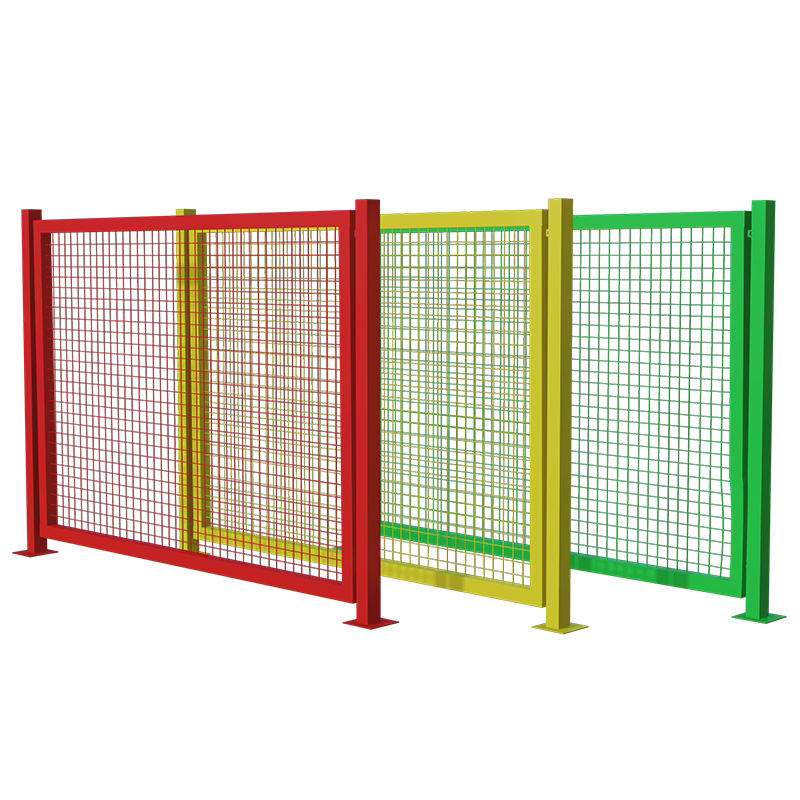The Importance of Soundproofing Materials in Modern Construction
In an increasingly noisy world, the demand for tranquility has never been greater. Whether it's the ceaseless hum of city life, the racket of construction, or the sounds of our neighbors, unwanted noise can invade our personal spaces, affecting our well-being and productivity. To combat this issue, soundproofing materials play a crucial role in modern construction and interior design. This article delves into the significance of soundproofing materials, their types, and their applications.
Understanding Soundproofing
Soundproofing, also known as acoustic insulation, is the process of reducing the intensity of sound produced in one area from reaching another. This can be achieved through various techniques that either absorb sound waves or block them entirely. The right choice of soundproofing materials can enhance comfort in residential areas, offices, recording studios, and public spaces.
Types of Soundproofing Materials
1. Acoustic Panels These are designed specifically for sound absorption. Made from soft materials like foam or fabric, they minimize sound reflection within a room. Acoustic panels are widely used in theaters, music studios, and conference rooms to improve sound quality.
2. Mass Loaded Vinyl (MLV) This dense material is often used in walls, ceilings, and floors to add mass and thus block sound transmission. MLV is particularly effective for high-frequency sounds and is commonly found in commercial buildings and private offices.
3. Soundproofing Drywall This specialized drywall contains a layer of soundproofing material within it, significantly reducing sound transfer between rooms. It is an excellent option for residential constructions, especially in multi-family units.
4. Insulation Fiberglass or cellulose insulation can also serve as a sound barrier. When installed in walls and ceilings, these materials absorb sound, making them ideal for homes and buildings where quietness is a priority.
5. Resilient Channels These metal strips are installed between drywall and the wall studs, allowing for a decoupling effect that reduces sound transmission. This method is particularly effective during the construction phase.
soundproofing materials

6. Carpets and Rugs While not conventional soundproofing materials, carpets and rugs can significantly reduce noise levels in a room by absorbing sound waves. They are an inexpensive and effective option for homes and offices.
Applications of Soundproofing Materials
Soundproofing materials find applications across various sectors. In residential construction, homeowners often seek to mitigate noise in urban environments. Soundproofing bedrooms, bathrooms, and nurseries can create peaceful spaces conducive to relaxation and sleep.
In commercial settings, open-plan offices frequently suffer from noise distractions. Deploying acoustic panels and soundproofing materials can enhance productivity and employee satisfaction. Additionally, businesses like restaurants and cafes benefit from soundproofing to create pleasant dining environments where conversation is encouraged without overwhelming background noise.
Creative industries, such as music production and film, rely on soundproofing to ensure high-quality audio recordings. Recording studios often utilize a combination of acoustic panels, soundproofing drywall, and MLV to achieve optimal sound isolation.
The Benefits of Soundproofing
The benefits of soundproofing materials extend beyond mere noise reduction. Improved sound quality is essential for activities like music production, public speaking, and conferencing. Furthermore, a soundproof environment contributes to mental well-being, reducing stress and promoting focus.
Moreover, soundproofing can enhance the value of a property. Potential buyers and renters often prefer homes and offices that offer tranquility away from urban chaos. Investing in soundproofing can yield significant returns in property value and marketability.
Conclusion
As noise pollution continues to be a growing concern, the importance of soundproofing materials in construction and interior design cannot be overstated. By investing in these materials, individuals and businesses can create environments that foster well-being, productivity, and quality of life. Understanding the various types of soundproofing materials available today allows for informed decisions that can enhance both residential and commercial spaces. In a world where silence is golden, soundproofing is more than just an aesthetic choice—it's a necessity for a better living and working environment.
-
Why Galvanized Trench Cover Steel Grating Resists Corrosion
NewsJul.10,2025
-
The Versatility and Strength of Stainless Expanded Metal Mesh
NewsJul.10,2025
-
Load Calculations in Steel Grating Platforms
NewsJul.10,2025
-
Keeping Pets and Kids Safe with Chicken Wire Deck Railing
NewsJul.10,2025
-
Hole Diameter and Pitch for Round Perforated Metal Sheets
NewsJul.10,2025
-
Aluminium Diamond Mesh in Modern Architecture
NewsJul.10,2025
Subscribe now!
Stay up to date with the latest on Fry Steeland industry news.

